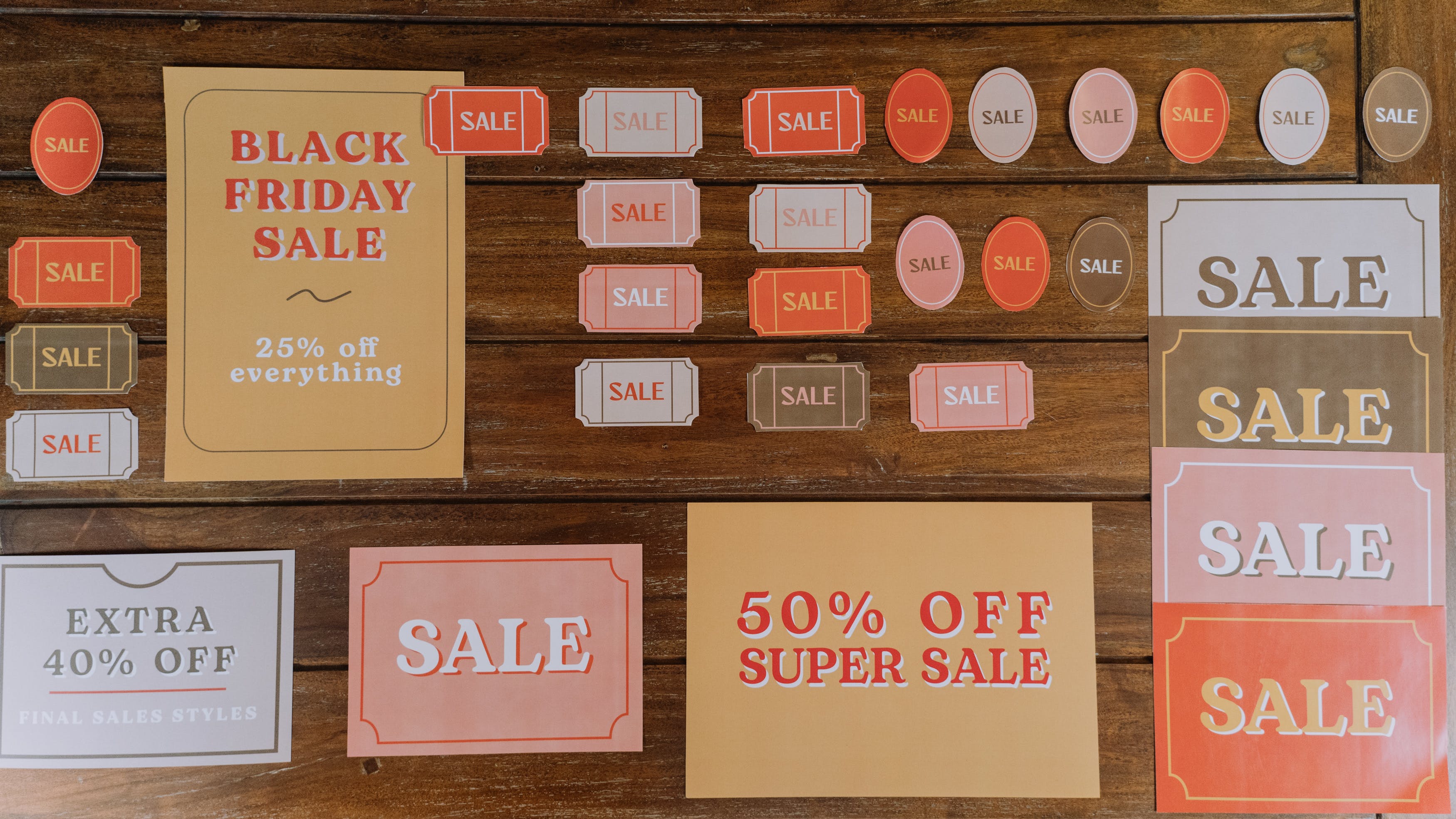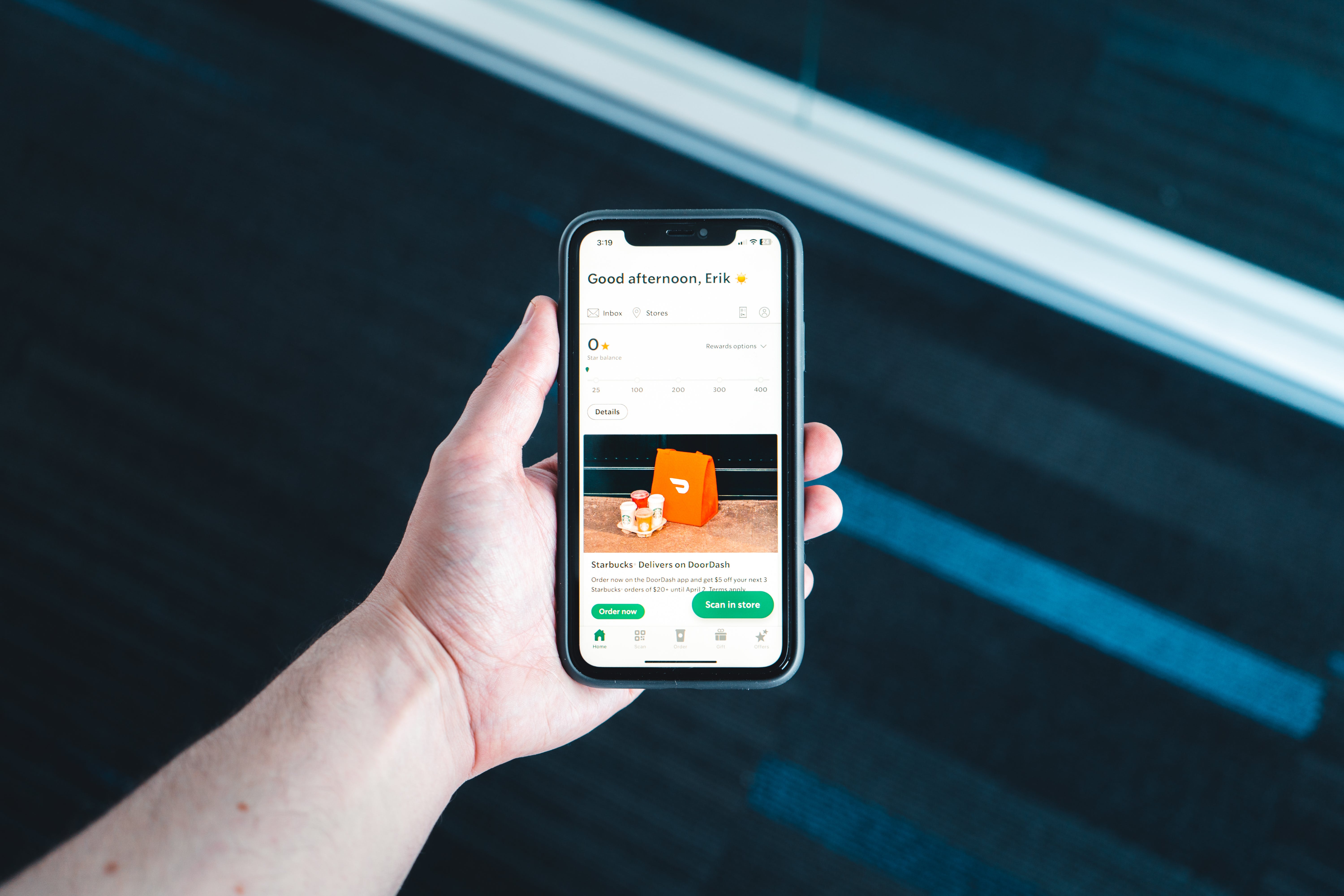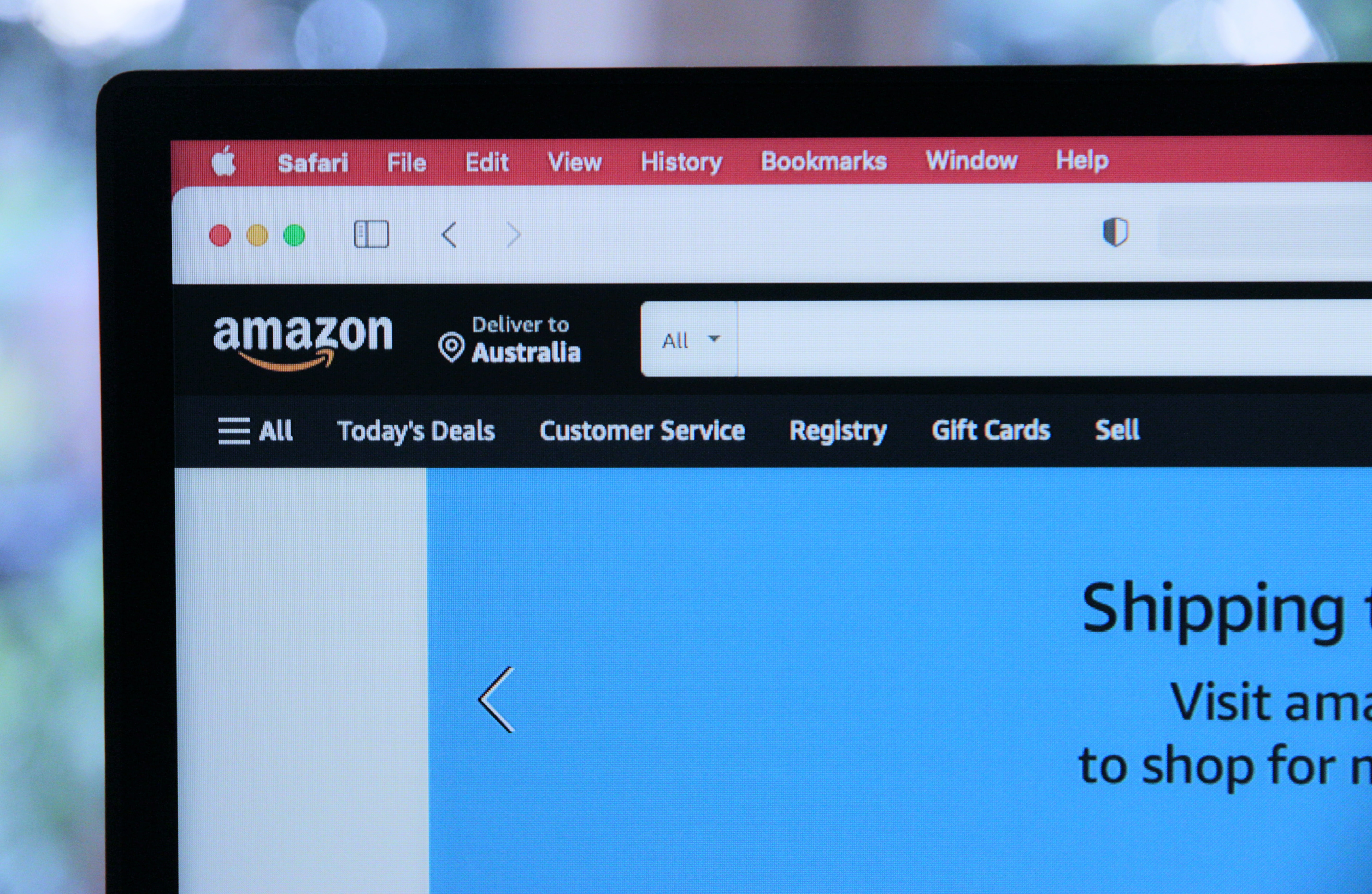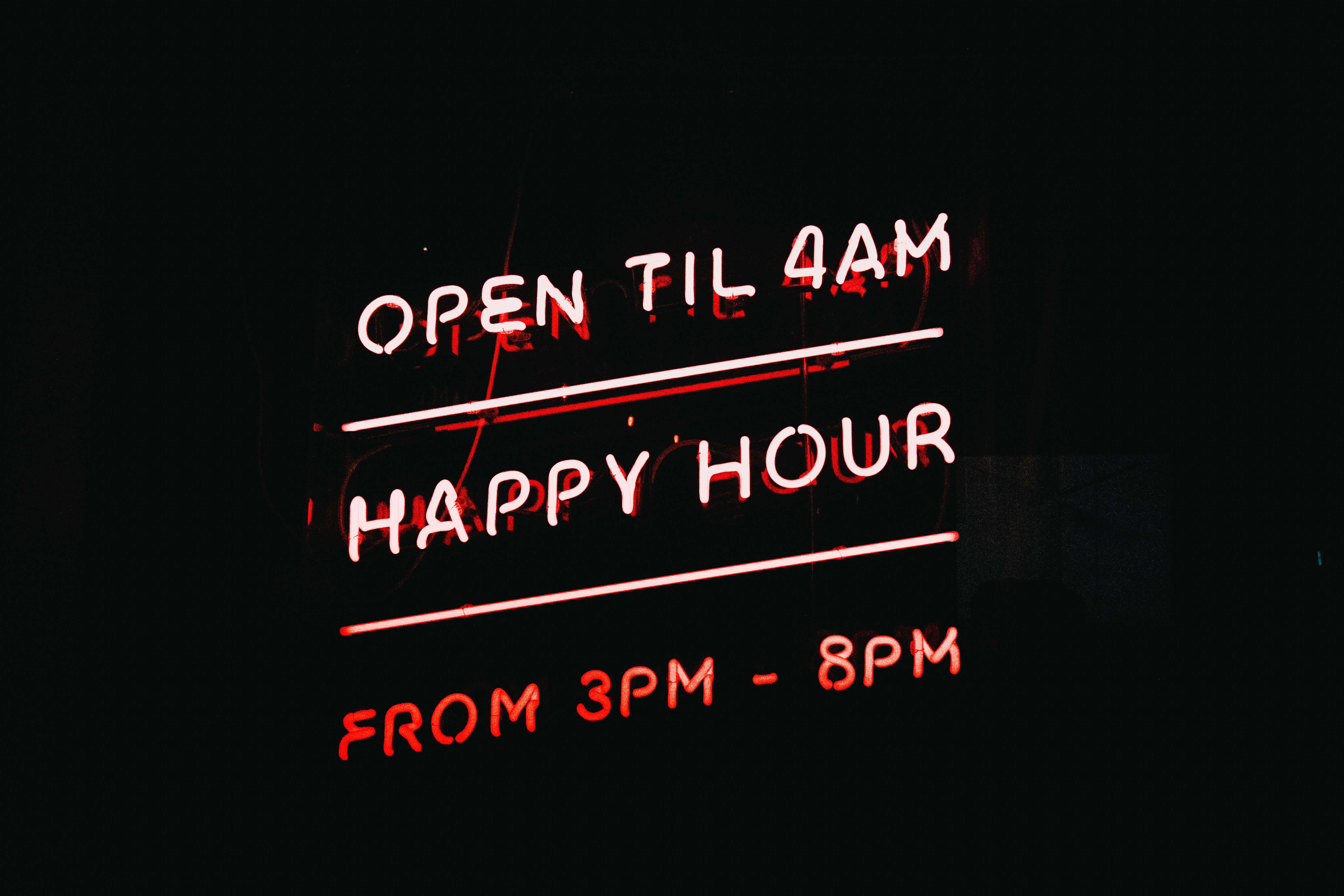Can’t Say No To Promotional Offers?
Six months into this bizarre year — and after four months of living in an actual pandemic — we are beyond the point of debating whether or not the COVID-19 crisis will change human behavior. Yes, our behaviors have changed substantially, and no, not everything is a permanent change. But experts have come to the consensus that one behavior has seen a definite change: online shopping. As per the Adobe Analytics Digital Economy Index (June 2020), US consumers spent $73.2B in online spend in June alone, up a whopping 76.2% from last year.1
As someone who has spent nearly every penny I’ve saved from transportation on online shopping, I don’t disagree with the numbers. However, as an eternal optimist, I must add in the same breath, the experience of online shopping during a pandemic has been an opportunity for the behavioral scientist in me to learn a little more about the weird attraction we have towards “discounts”. You might argue I could have learned this by reading a few papers, but where’s the practical experience in that?
Sale! Sale! Sale!
Let’s start our journey into the world of discounts with the very anti-climactic story of JC Penney. For the longest time, JC Penney, a famous American retailer, gave out discounts like candy.2 Of course, the retailer used the age-old trick of increasing the prices of the items and then discounting them to create a sense of a bargain. But, people loved shopping there because everything was at a ‘low price’.
All was fine, until the day Ron Johnson joined as the CEO of the company in 2012. He decided the company must be fair and honest. He introduced the no-coupons, no-discounting “fair and square” pricing, removing all the lovely discount tags, instead opting to show the actual price of the product. That’s where the anti-climax happens. Instead of being grateful that a retailer was being honest with them, customers hated it. What’s the fun in shopping if you can’t hunt for a bargain? With a dramatic fall in sales, all the company could do to save itself was fire Ron Johnson and bring back the discounts. That’s right — they increased their prices and put them on discount again, and customers flocked back.
So, what subjective gain do people get from a discount that they don’t get from a low price? Turns out, it’s all in our brains!
Behavioral Science, Democratized
We make 35,000 decisions each day, often in environments that aren’t conducive to making sound choices.
At TDL, we work with organizations in the public and private sectors—from new startups, to governments, to established players like the Gates Foundation—to debias decision-making and create better outcomes for everyone.
Bargain hunters
Here’s a little thought experiment. Which of these would you prefer?
Case 1: a 10% discount on an item causing a reduction of $5
Case 2: a 5% discount on an item causing a reduction of $5
Rationally speaking, it should not matter, since the quantitative discount received is the same. But we know it matters, right? A 10% discount just sounds so much better.3 That’s what Kahneman and Tversky found in their 1984 study about choices, values, and frames. What does this tell us?
It points us to the idea that the discount provides an additional utility, which is not accounted for in the traditional utility. Traditional utility acquired from material consequences of exchange (for instance, giving money to get a product) is called acquisition utility. The utility derived from the psychological aspects of a transaction is called transaction utility — that’s what makes a discount special.
If you now compare case 1 and case 2, the acquisition utility is the same $5 discount, but what makes case 1 preferable is the transaction utility derived from the term “10% discount”.
So, what makes a discount special?
That’s the obvious next question. What are the psychological factors that drive a discount’s attraction and it’s transaction utility? In this article, I use the theory of causal attribution and its components to explain different aspects of discounts and how they are presented.

Research in social psychology has identified 3 dimensions of causal attributions: locus of control, controllability, and stability.4
1. Locus of control — i.e. whether one attributes the discount to internal factors or external factors
When a person attributes a discount to internal factors, such as their own effort and skill, the satisfaction from the discount is higher. Also called the “smart shopper hypothesis”, this refers to the act of patting ourselves on the backs for earning a discount. In other words, a discount feels better to consumers when they view themselves as responsible for having obtained the discount.5 When a discount is attributed to external factors such as luck, it is referred to as the “Lucky Shopper Hypothesis”.5
How this looks in real life:

The left side offer is an offer I received from a food delivery company in India. They sealed the deal with the words “In honour of your great taste in food” – Of course I have great taste in food, and of course I am a true foodie, hence why I deserve the coupon. The other extreme end of this spectrum is attributing discounts to external factors such as pure luck.
2. Controllability – This refers to the degree to which the promotion can be controlled by someone (controllable) or no one (uncontrollable)
If a customer perceives the factors related to the discount as under their control, they feel more responsible for the outcome, as opposed to a case when they have no control over how, when, or why they receive a discount. Take for example a promotional voucher for $10 off a cab ride — which a customer saves and uses on a day when cab prices are surging high due to rain — versus receiving an offer which a customer is forced to use right away because of an expiring time limit. In both cases, there is a discount involved, but the satisfaction from applying the discount when the customer wants to apply it is different.
How this looks in real life:

On the left side of the spectrum, Amazon is giving the customers a feeling of greater controllability by letting them “collect” the offer now and decide when they wish to use it. On the right side of the spectrum is an offer from a food delivery company that comes with a time-bounded pressure of 14 minutes. If I really want that burger, but I just had lunch, my only option is to let go of the deal and feel remorse.
3. Stability – This refers to how stable and predictable the discount is perceived to be over a period of time
When the reason for receiving a discount is stable over a period of time and is completely predictable, it drives repeat behavior related to this purchase.
How this looks in real life:

The most common and relatable example of a completely predictable voucher is something we have all seen (and enjoyed) — the happy hour discount! If you walk into a bar during happy hour, no one can deny you the discount. The left side of the spectrum shows a Flash Sale, which is common in e-commerce platforms. Nothing about the Flash Sale is predictable — how much discount will I get? What products will be on discount? If I come back in an hour, will I still get this discount? If I come back tomorrow at the same time, will the same products be discounted? And that’s the effect the business is going for — they are using curiosity to get people to engage with the product.
The AI Governance Challenge
Implications of this knowledge
Having information about which factors make up the attractiveness of a discount gives businesses the ability to frame the same discounts in different ways based on their objectives. Let me explain this with an example:
Say a metro rail company is looking to shift the peak demand to off-peak hours with the purpose of easing the crowds. Just playing around with these different factors, what are the various discount mechanics they can use? Here’s a cheat sheet that you can use for reference.
As a customer, knowing companies have this information is important. At the very least, next time you are stuck in a bottomless scroll of attractive items on e-commerce and you are forced to add them to your basket just to unlock a discount, consider two outcomes:
- When you see a discount, you will objectively think about the effect the discount has on you and what made it seem attractive to you. Hence, you can decide whether it is worth the amount you will be saving.
- All of the thinking will shake you out of the discount trance, thereby saving you some money.
Either of those outcomes are ones I can live with.
References
- Adobe Analytics, Adobe Digital Economy Index June 2020. Retrieved from https://www.adobe.com/content/dam/www/us/en/experience-cloud/digital-insights/pdfs/adobe_analytics-digital-economy-index-2020.pdf
- https://business.time.com/2013/05/02/jc-penney-reintroduces-fake-prices-and-lots-of-coupons-too-of-course/
- Kahneman, Daniel, & Tversky, Amos. (1984). Choices, values and frames. American Psychologist, 39, 341-350.
- Meyer, J. P. (1980). Causal attribution for success and failure: A multivariate investigation of dimensionality, formation, and consequences. Journal of Personality and Social Psychology, 38(5), 704.
- Schindler, R. M. (1998). Consequences of perceiving oneself as responsible for obtaining a discount: Evidence for smart‐shopper feelings. Journal of consumer psychology, 7(4), 371-392.
- Darke, P. R., & Dahl, D. W. (2003). Fairness and discounts: The subjective value of a bargain. Journal of Consumer psychology, 13(3), 328-338.
- Image source for Happy Hour: https://pixabay.com/photos/neon-neon-font-advertisement-170182/
About the Author
Preeti Kotamarthi
Preeti Kotamarthi is the Behavioral Science Lead at Grab, the leading ride-hailing and mobile payments app in South East Asia. She has set up the behavioral practice at the company, helping product and design teams understand customer behavior and build better products. She completed her Masters in Behavioral Science from the London School of Economics and her MBA in Marketing from FMS Delhi. With more than 6 years of experience in the consumer products space, she has worked in a range of functions, from strategy and marketing to consulting for startups, including co-founding a startup in the rural space in India. Her main interest lies in popularizing behavioral design and making it a part of the product conceptualization process.





